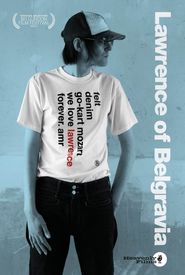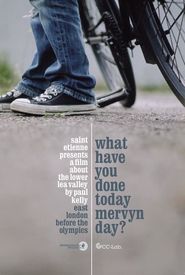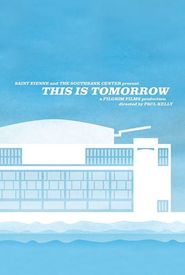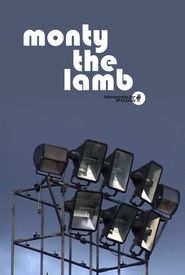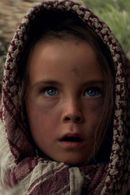Paul's professional journey began with his band East Village, where he spent several years honing his skills and recording music. As the years went by, his passion for photography and filmmaking grew, and he started directing music promo videos for various bands, including Saint Etienne, Hal, Cherry Ghost, and The Magic Numbers.
In the early nineties, Paul's work with Saint Etienne led to a collaborative film project, which premiered at the ICA in London and was screened worldwide by onedotzero. This film, a "cinematic hymn to London," was co-directed by Kieran Evans and received critical acclaim.
Fast forward to 2005, when Paul and Saint Etienne were invited by The Barbican to create a film and music event, which resulted in the drama-documentary "What Have You Done Today Mervyn Day?" The film was set in the Lower Lea Valley, the proposed site for the 2012 Olympic Games, and premiered at the Barbican's main auditorium.
This project caught the attention of Jude Kelly, who invited Paul, along with producer Andrew Hinton and Saint Etienne, to become artists-in-residence at London's Southbank Centre. This one-year appointment culminated with Paul's 2007 film "This Is Tomorrow" screening in the newly refurbished Royal Festival Hall.
In 2008, Paul completed his film "Take Three Girls" – the Dolly Mixture story about the 80's girl group. His subsequent projects included a feature documentary about Felt, Denim, and Go-Kart Mozart front man Lawrence, titled "Lawrence Of Belgravia," which premiered at the 2011 London Film Festival.
Paul's next project, "How We Used to Live," premiered at the 2013 London Film Festival and screened at the 2014 Sheffield International Film Festival, with the band Saint Etienne performing the soundtrack live in the Crucible theatre. In 2014, a collection of Paul's work with Saint Etienne was released on DVD by the BFI as "A London Trilogy."
In addition to his documentary work, Paul is currently developing a feature drama with Heavenly Films and is in preproduction for his 2015 film "A Scene in Between," which explores the indie scene from 1980-88.

